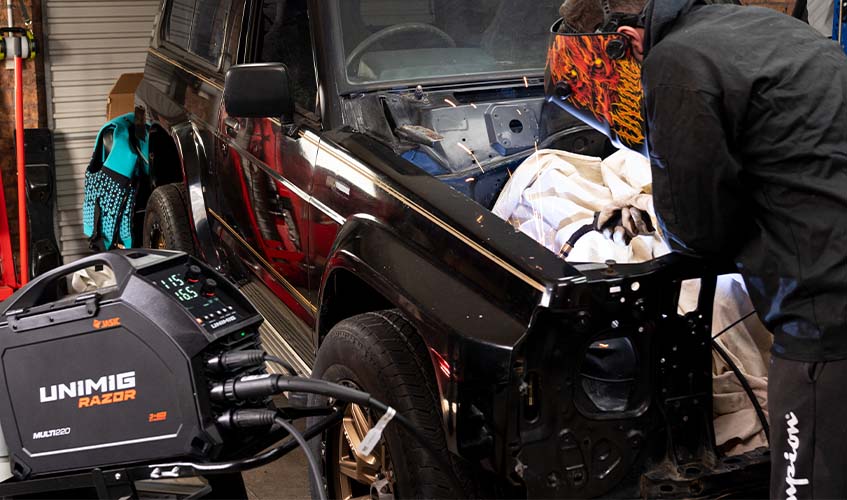How do I choose the right Welder and what are the different types?
Date Posted:10 April 2024
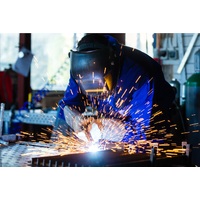
Understanding Welding
Welding is a crucial process in various industries, playing a vital role in construction, manufacturing, and other sectors. It involves joining two or more metal pieces together using heat to create a strong and durable bond. Understanding welding is essential for anyone involved in metalworking or fabrication.
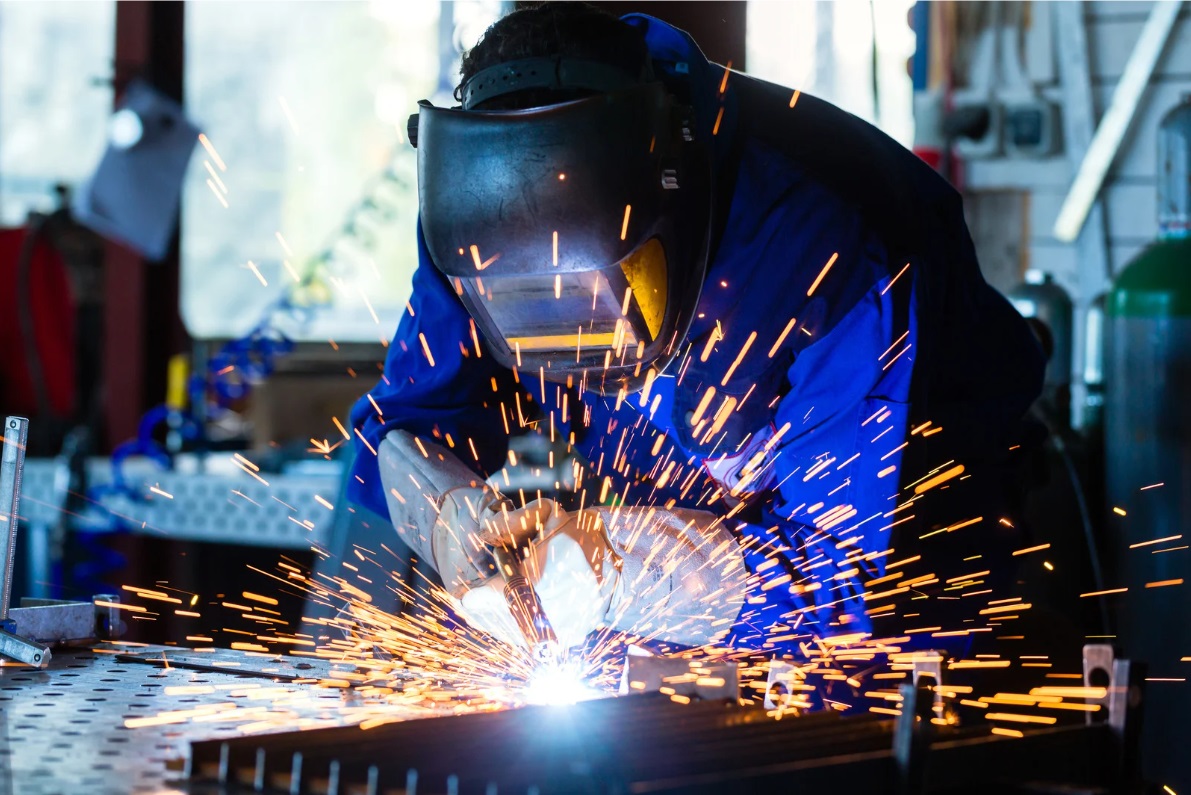
Introduction to Welding
Let's start by explaining welding and why it is important in various industries. Welding is the process of joining metals by melting the base materials and adding a filler material to form a strong bond when the melted materials cool down. This process enables the creation of complex structures and repairing damaged metal components.
-
Welding is widely used in construction to fabricate steel structures, bridges, and buildings.
-
In manufacturing, welding is essential for producing machinery, vehicles, and consumer goods.
-
Other sectors, such as aerospace, automotive, and shipbuilding, rely on welding for their specific needs.
Different Types of Welding Processes
There are various welding processes, each with its characteristics and applications. Here are some common types of welding processes:
-
Arc Welding: Arc welding uses an electric arc to generate heat and melt metals. It is versatile and can be performed with different power sources, such as AC or DC. Arc welding includes subcategories like shielded metal arc welding (SMAW) and flux-cored arc welding (FCAW).
-
MIG Welding: MIG (Metal Inert Gas) welding uses a wire electrode and shielding gas to protect the weld pool from atmospheric contamination. It is known for its speed and ease of use, making it suitable for beginners and professionals.
-
TIG Welding: TIG (Tungsten Inert Gas) welding uses a tungsten electrode to produce the weld. It offers precise control over the welding process and is commonly used for thin materials or critical applications that require high-quality welds.
-
Stick Welding: Stick welding, also known as shielded metal arc welding (SMAW), uses a consumable electrode coated in flux to create the weld. It is versatile, portable, and suitable for outdoor applications or projects with dirty or rusty materials.
-
Plasma Cutting: Plasma cutting involves using a high-velocity jet of ionized gas to cut through electrically conductive materials. While not strictly a welding process, plasma cutting is often used with welding for metal fabrication projects.
Importance of Choosing the Right Welder
Choosing the right welder is crucial for successful welding projects. Using the wrong welder can result in poor-quality welds, safety risks, and wasted time and resources. Here's why it is essential to select the appropriate equipment:
-
The right welder ensures optimal productivity and efficiency, allowing you to complete your projects more effectively.
-
Using the correct equipment improves the quality of your welds, ensuring they meet industry standards and requirements.
-
Selecting a suitable welder enhances safety by minimising the risk of accidents or injuries during welding.
In conclusion, understanding welding and choosing the right welder is essential for anyone involved in metalworking. By selecting the appropriate equipment for your specific needs and considering factors such as welding processes, power requirements, budget, skill level, portability, and safety features, you can achieve successful welding outcomes and ensure the efficiency and quality of your projects.
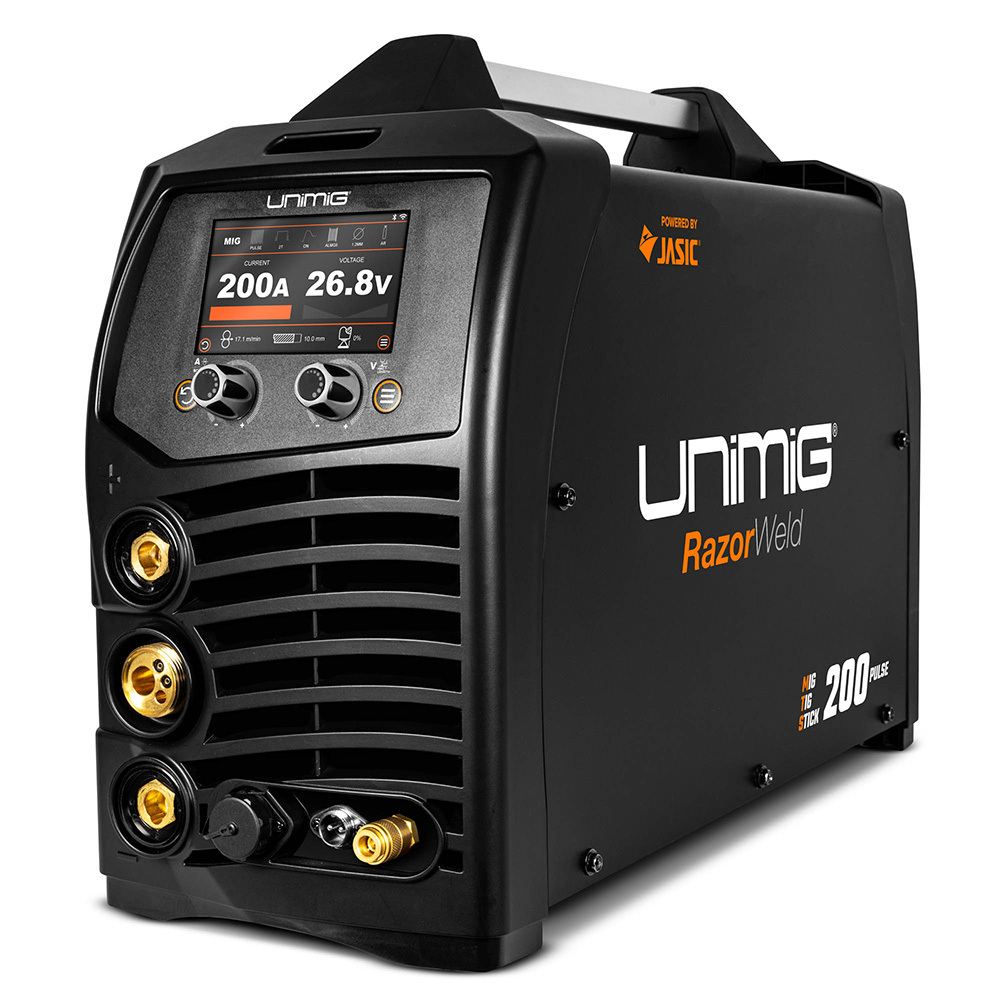
Types of Welders
Arc Welders
Arc welding is a widely used welding process that involves creating an electric arc between the electrode and the base material, resulting in the fusion of metals. This process is commonly used in construction, fabrication, and repair work.
Arc welders offer several advantages, including:
-
Ability to weld various metals, including steel, stainless steel, and cast iron.
-
High heat output, making it suitable for heavy-duty welding tasks.
-
Cost-effectiveness compared to other welding methods.
However, there are also disadvantages to consider:
-
Requires proper safety precautions due to the intense heat and sparks produced during welding.
-
Produces slag that needs to be cleaned after welding.
-
Not suitable for thin materials due to the high heat input.
There are different types of arc welders available in the market, including:
-
Shielded Metal Arc Welding (SMAW), also known as stick welding.
-
Gas Metal Arc Welding (GMAW), also known as MIG welding.
-
Gas Tungsten Arc Welding (GTAW), also known as TIG welding.
MIG Welders
MIG welding, or Gas Metal Arc Welding (GMAW), is a popular welding process that creates an electric arc using a continuous solid wire electrode and a shielding gas. It is commonly used in automotive repairs, fabrication, and manufacturing industries.
MIG welders offer several benefits:
-
Fast welding speed, improving productivity.
-
Easy to learn and operate, making it suitable for beginners.
-
Produces clean welds with minimal spatter.
However, there are also drawbacks to consider:
-
Requires a constant supply of shielding gas, which adds to the cost.
-
Not suitable for outdoor welding due to the sensitivity of the shielding gas to wind.
-
Limited penetration capability compared to other welding methods.
There are different types of MIG welders available in the market, including:
-
Transformer-based MIG welders.
-
Inverter-based MIG welders.
-
Pulse MIG welders.
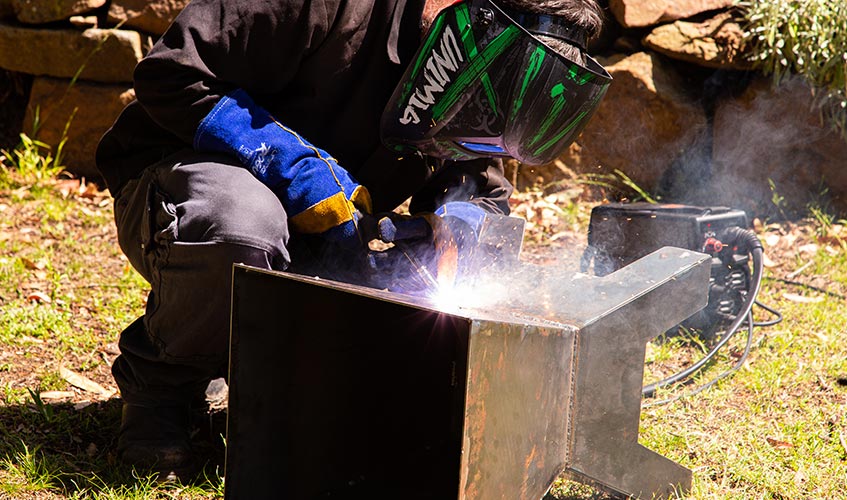
TIG Welders
TIG welding, or Gas Tungsten Arc Welding (GTAW), is a precise welding process that uses a non-consumable tungsten electrode and a shielding gas to create an electric arc. It is commonly used in aerospace, automotive, and artistic applications.
TIG welders offer several advantages:
-
Produces high-quality and precise welds with excellent aesthetics.
-
Allows for welding various metals, including aluminium, stainless steel, and copper alloys.
-
Provides better control over heat input and filler metal deposition.
However, there are also disadvantages to consider:
-
Requires advanced skills and experience to operate effectively.
-
Slower welding speed compared to other processes.
-
More expensive equipment and consumables.
There are different types of TIG welders available in the market, including:
-
Transformer-based TIG welders.
-
Inverter-based TIG welders.
-
Pulse TIG welders.
Stick Welders
Stick welding, or Shielded Metal Arc Welding (SMAW), is a versatile welding process that creates an arc using a flux-coated electrode and an electric current. It is commonly used in construction, maintenance, and repair work.
Stick welders offer several advantages:
-
It can be used in outdoor and windy conditions due to the self-shielding nature of the electrode.
-
Works well on rusty or dirty materials.
-
Provides good penetration on thick materials.
However, there are also drawbacks to consider:
-
Requires frequent electrode changing and slag removal.
-
Produces more spatter compared to other processes.
-
Not suitable for thin materials due to the high heat input.
There are different types of stick welders available in the market, including:
-
Transformer-based stick welders.
-
Inverter-based stick welders.
-
Multiprocess stick welders combine stick welding with other processes like TIG or MIG.
Plasma Cutters
Plasma cutting is a process that uses ionized gas and an electric arc to cut through electrically conductive materials. It is commonly used in metal fabrication, automotive repairs, and art industries.
Plasma cutters offer several advantages:
-
It is capable of cutting through a wide range of metals, including steel, stainless steel, aluminium, and copper.
-
Provides faster cutting speeds compared to other methods.
-
Produces clean and precise cuts with minimal heat-affected zones.
However, there are also disadvantages to consider:
-
Requires a compressed air supply and proper ventilation due to the production of fumes and noise.
-
Higher initial cost compared to other cutting methods.
-
Not suitable for cutting non-conductive materials like wood or plastic.
There are different types of plasma cutters available in the market, including:
-
Manual plasma cutters.
-
CNC plasma cutters for automated cutting.
-
Inverter-based plasma cutters for portable and lightweight options.
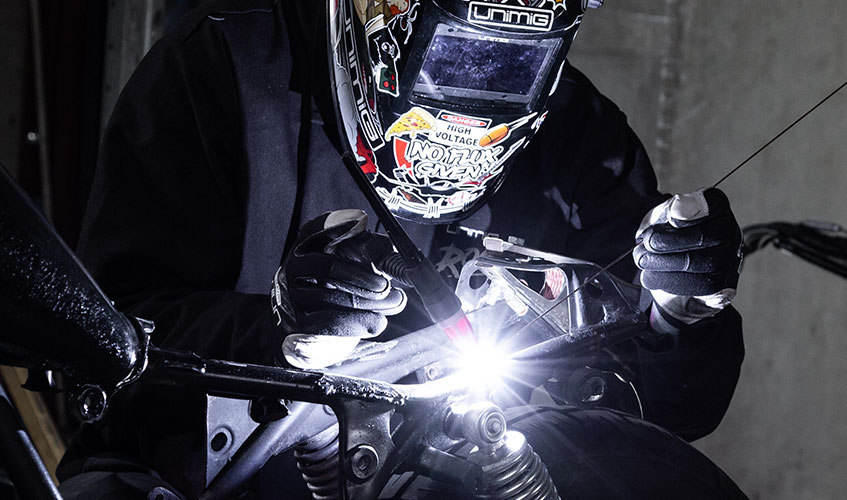
Factors to Consider When Choosing a Welder
When choosing the right welder for your projects, several important factors must be considered. Understanding these factors will help you make an informed decision and ensure that you select a welder that meets your specific needs. Let's take a closer look at the key considerations:
Type of Welding Projects
The type of welding project you work on will greatly influence your choice of welder. Different welding tasks require different types of welders to achieve the best results. For example, if you primarily work on construction projects, you may need a welder suitable for heavy-duty welding applications. On the other hand, if you focus on automotive repairs or DIY projects, a more versatile and portable welder may be a better option.
It's also important to consider the materials you will be welding. Some welders are better suited for specific materials like steel or aluminium. By considering the type of welding project and materials involved, you can narrow down your options and choose a welder that is specifically designed for your needs.
Power Requirements
Understanding the power requirements for welders is crucial in ensuring that you have the necessary power sources and outlets to support your welding equipment. Different types of welders have varying power needs, so it's important to assess your power supply capabilities before deciding.
For example, some welders require higher voltage inputs and may need dedicated electrical circuits. Others may operate on standard household power outlets. By considering your available power sources and outlets, you can determine which welders are compatible with your setup and avoid any potential electrical issues.
Budget and Cost
When choosing a welder, it's essential to consider your budget constraints. Welders come in a wide range of prices, and balancing cost and quality is important. While opting for the cheapest option can be tempting, keep in mind that compromising quality may lead to poor welding results and potentially costly repairs.
Look for welders with good performance, durability, and affordability. Consider the long-term value of the equipment and any potential cost-saving options without sacrificing performance. It's also worth exploring different brands and models to compare prices and features, ensuring you get the best value for your investment.
Skill Level
Your skill level in welding plays a significant role in choosing the right welder. Different welders have varying levels of complexity and may require different skill sets to operate effectively. Beginners may benefit from welders that offer user-friendly controls and intuitive interfaces, while more experienced welders may prefer advanced features and customization options.
It's important to assess your skill level honestly and choose a welder that aligns with your abilities. Investing in training and practice is also crucial for optimal results, regardless of your experience level. By selecting a welder that suits your skill level, you can enhance your welding capabilities and achieve better project outcomes.
Portability and Size
Consider the importance of portability and size when selecting a welder. The nature of your welding projects may require you to move the equipment frequently or work in tight spaces. In such cases, a compact and lightweight welder would be more practical.
Alternatively, a larger and more robust welder may be suitable if you primarily work in a fixed location with ample space. Assess your workspace requirements and mobility needs to determine your welder's ideal size and portability features.
By carefully considering these factors when choosing a welder, you can ensure that you select the right equipment for your welding projects. Making an informed decision will ultimately lead to improved welding outcomes and a more satisfying welding experience.
.jpg)
Comparing Welders
Performance and Weld Quality
When choosing the right welder, one of the most important factors to consider is its performance and weld quality. The quality of your welds can significantly impact the success of your welding projects, so it's crucial to choose a welder that meets your specific requirements.
Several factors can affect the performance and weld quality of a welder:
-
Power output: Higher power output allows for stronger and more efficient welds.
-
Duty cycle: The duty cycle determines how long a welder can operate continuously before needing to cool down. A higher duty cycle means more uninterrupted welding time.
-
Control options: Welders with advanced control options provide greater precision and control over the welding process.
It's essential to compare the performance of different types of welders to find the one that best suits your needs. Consider the specific requirements of your welding projects and choose a welder that can deliver the desired results.
Ease of Use
Another vital aspect to consider when comparing welders is their ease of use. Welding can be a complex process, so it's essential to choose a welder that is user-friendly and easy to operate. This is especially important for beginners who may not have much experience with welding.
Here are some factors to consider when evaluating the ease of use of different welders:
-
Setup: Look for a welder with clear instructions and easy to set up.
-
Operation: Consider the user interface and controls of the welder. Are they intuitive and easy to understand?
-
Maintenance: Check if the welder requires regular maintenance and how easy it is to perform.
-
Additional features: Some welders come with features that enhance usability and convenience, such as built-in wire feeders or adjustable settings.
By choosing an easy-to-use welder, you can save time and frustration during your welding projects.
Durability and Reliability
Durability and reliability are key factors to consider when comparing welders. Welding can be a demanding task, so it's important to choose a welder that can withstand the rigours of regular use.
Here are some aspects to evaluate when looking at the durability and reliability of different welders:
-
Build quality: Check the materials used in the construction of the welder. Look for sturdy and durable components.
-
Longevity: Consider the expected lifespan of the welder. Does it have a reputation for lasting a long time?
-
Warranties: Look for welders that come with warranties to protect you against any defects or malfunctions.
-
Customer reviews: Read reviews from other users to understand how reliable a particular welder is. Pay attention to any common issues or complaints.
Choosing a durable and reliable welder will save you money in the long run and give you peace of mind knowing that your equipment will perform consistently.
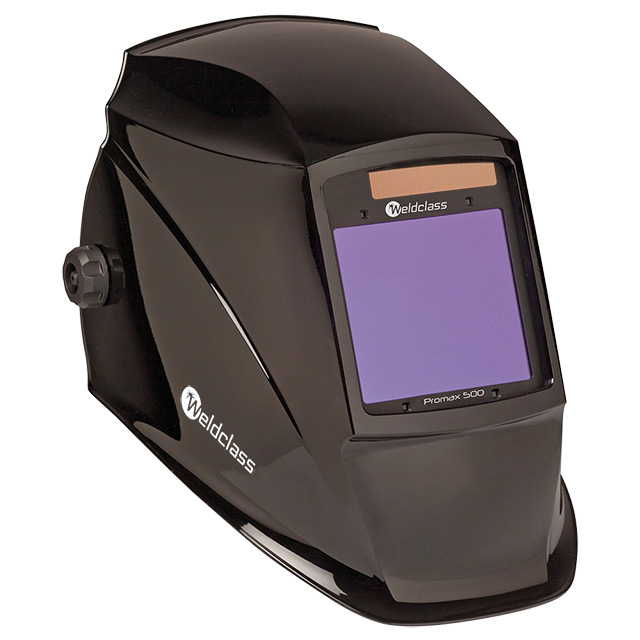
Safety Features
Safety should always be a top priority when it comes to welding. When comparing welders, it's important to consider the safety features they offer.
Here are some safety features to look for in a welder:
-
Electrical safety: Ensure the welder has proper insulation and protection against electrical shocks.
-
Sparks and fume protection: Look for welders with features to minimise the risk of sparks and fumes, such as built-in exhaust systems or spark arrestors.
-
Overheating protection: Check if the welder has mechanisms to prevent overheating and thermal shutdown.
By choosing a welder with adequate safety features, you can protect yourself and those around you from potential hazards during welding.
Brand Reputation
Brand reputation is another important factor to consider when comparing welders. Established and reputable brands in the welding industry often have a track record of producing high-quality and reliable equipment.
Here are some reasons why brand reputation matters:
-
Experience: Well-known brands have usually been in the industry for a long time and have accumulated valuable experience and knowledge.
-
Customer support: Reputable brands often provide excellent customer support, including technical assistance and troubleshooting resources.
-
Product range: Established brands usually offer a wide range of welders, catering to different needs and budgets.
When choosing a welder, it's worth considering brands with a positive reputation in the welding community. Their products are more likely to meet your performance, reliability, and customer support expectations.
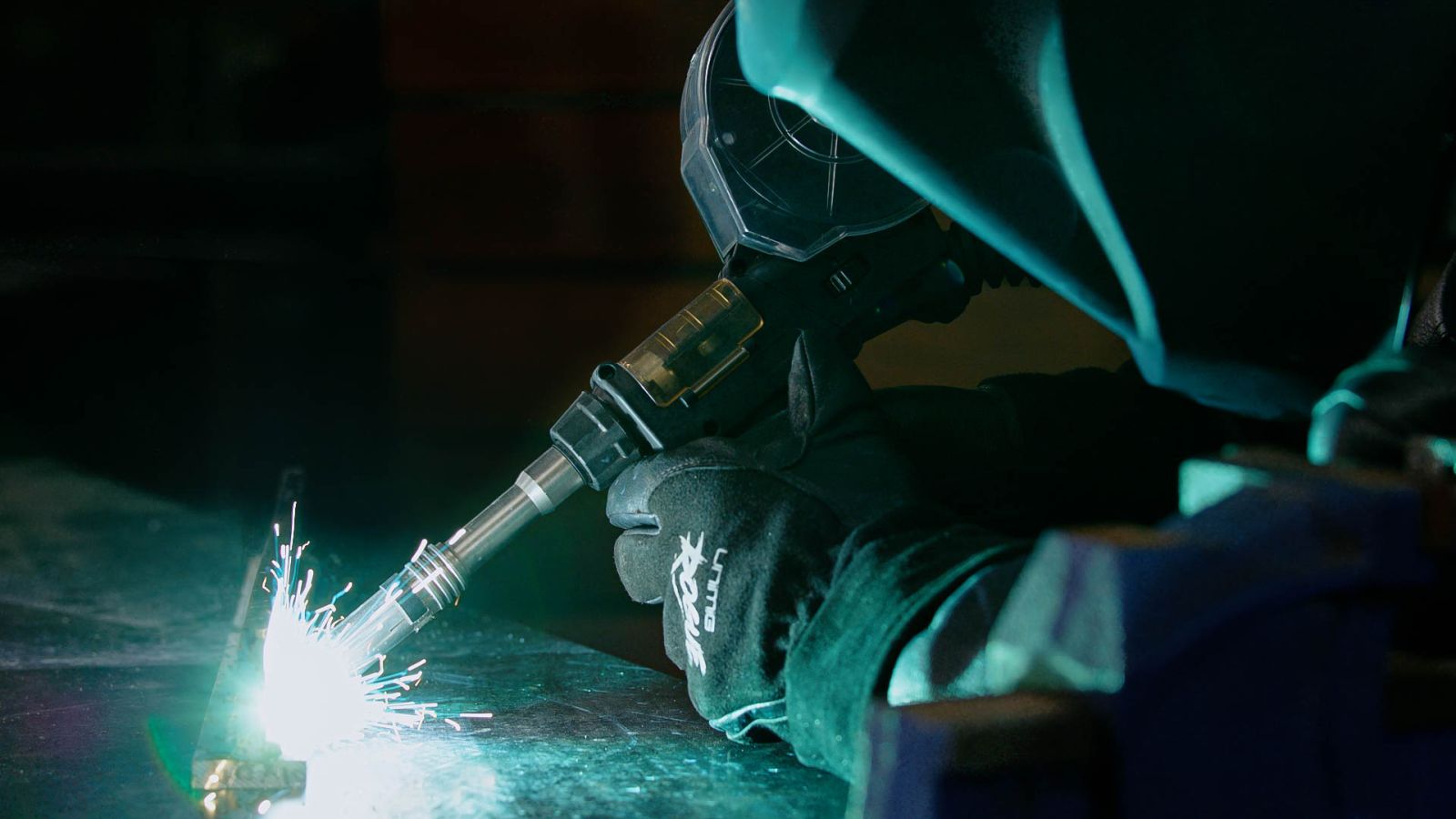
Additional Considerations
When choosing the right welder, there are a few additional factors to consider beyond the type of welder and its performance. These considerations can greatly impact your welding experience and the success of your projects. Let's explore them in more detail:
Availability of Parts and Accessories
Having readily available parts and accessories for your chosen welder is essential for seamless welding projects. When a component breaks or wears out, you don't want to wait for a replacement part or search endlessly for a compatible accessory.
Here are some points to keep in mind:
-
Importance of readily available parts: Ensure the manufacturer or supplier offers a wide range of parts and accessories for your specific welder model. This ensures you can easily find and replace any components needing maintenance or repair.
-
Common consumables and accessories: Familiarise yourself with the consumables and accessories commonly used in welding projects. These may include welding wire, electrodes, shielding gas, nozzles, contact tips, etc. Knowing which items you'll need can help you plan and ensure their availability.
-
Tips on sourcing and maintaining components: Research reputable suppliers or distributors that offer genuine parts and accessories for your welder. Look for customer reviews or recommendations to ensure you're using reliable sources. Additionally, follow proper maintenance practices to prolong the lifespan of your components.
Support and Customer Service
A welder is a significant investment, and having reliable support and customer service can make a difference.
Here's why these factors should be considered:
-
Importance of support: Technical support and troubleshooting resources are invaluable when encountering issues or having questions about your welder. Look for manufacturers or suppliers that provide comprehensive support, including online resources, user manuals, and responsive customer service.
-
Availability of warranties: Check if the welder you're considering comes with a warranty. A warranty can provide peace of mind knowing you're protected against manufacturing defects or malfunctions. Understand the terms and conditions of the warranty to ensure it meets your expectations.
-
Benefits of responsive customer service: Opting for manufacturers with a reputation for excellent customer service ensures you'll receive prompt assistance whenever needed. This can save you time and frustration in the long run, especially if you encounter unexpected challenges during your welding projects.
Reviews and Recommendations
Reading reviews and seeking recommendations from others with experience with different welders can be incredibly valuable.
.Here's why:
-
Value of unbiased reviews: Reviews from fellow welders or industry experts offer insights into the performance, durability, and overall quality of different welders. Look for reviews from reliable sources to ensure their authenticity and credibility.
-
Sources for obtaining unbiased reviews: Online forums, welding communities, and reputable review websites are excellent sources for finding unbiased reviews. Engage in discussions, ask questions, and seek recommendations from experienced welders who have firsthand knowledge of different welder models.
-
Guidance on interpreting reviews: When reading reviews, consider the context in which they were written. Assess whether the reviewer's needs and preferences align with yours. Look for patterns in the feedback to identify common strengths or weaknesses of specific welders.
-
Making informed decisions: Armed with a range of reviews and recommendations, you can make an informed decision based on the experiences of others. Consider your specific welding requirements and prioritise the most important factors.
By considering the availability of parts and accessories, support and customer service, reviews, and recommendations, you can enhance your welding experience and maximise the value of your chosen welder. These additional considerations will help you make a well-informed decision and ensure successful welding projects.
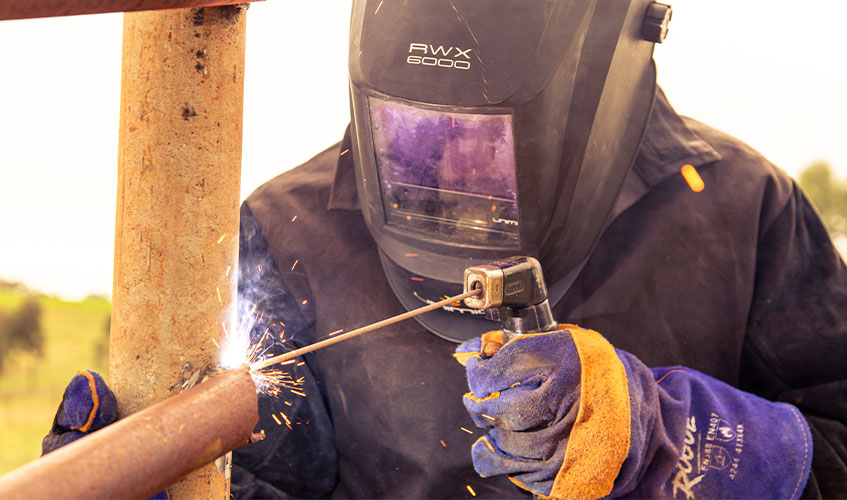
Conclusion
Choosing the right welder is a crucial decision that can greatly impact the success of your welding projects. By understanding the key factors to consider, you can make an informed decision leading to better welding outcomes.
Summary of Key Points
-
Choosing the right welder is important because it ensures successful welding projects and high-quality welds.
-
Consider factors such as the type of welding projects, power requirements, budget, skill level, and portability when selecting a welder.
-
Making an informed decision about the right welder can significantly impact productivity, efficiency, and safety.
Final Thoughts
When choosing a welder, research and evaluation must be prioritised. Understand your specific welding needs and carefully assess the options available in the market.
Using the right equipment for your welding projects can bring numerous benefits. It not only ensures better weld quality but also increases efficiency and productivity. Additionally, selecting a welder that suits your skill level can enhance your welding capabilities and achieve optimal results.
Remember that making confident decisions in your welding endeavours requires knowledge and understanding. Stay informed about the latest advancements in welding technology and techniques. Seek recommendations from experienced welders and read reliable reviews to gain insights into different welder models.
By adhering to these guidelines, you can choose the right welder that meets your specific requirements and delivers exceptional results. So, take your time, evaluate your options, and invest in a welder that will confidently help you achieve your welding goals.
